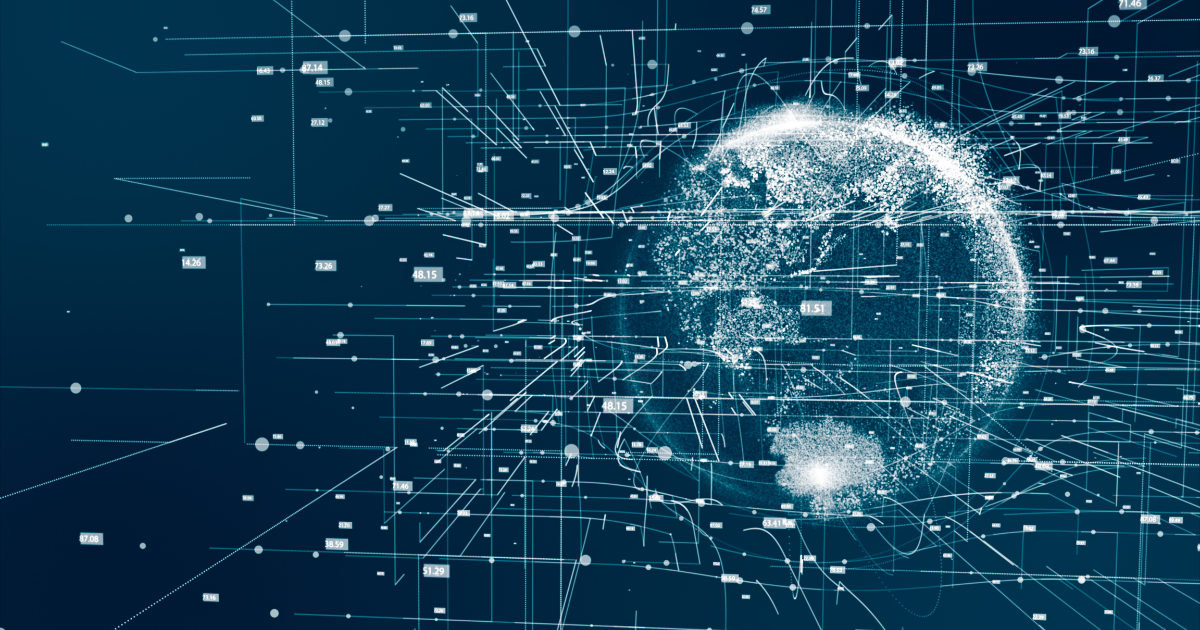
January 26, 2025
RAG Testing: Frameworks, Metrics, and Best Practices
Author:

CSO & Co-Founder
Reading time:
8 minutes
Retrieval-Augmented Generation (RAG) represents a paradigm shift in how artificial intelligence systems process and generate information. At its core, RAG combines the powerful generative capabilities of Large Language Models (LLMs) with dynamic information retrieval systems, creating a hybrid architecture that can access and leverage external knowledge bases in real-time.
This approach fundamentally transforms how AI systems interact with information, moving beyond the limitations of static training data to incorporate current, relevant, and authoritative sources.
Understanding RAG systems
The foundation of any RAG system lies in its two primary components: the retrieval mechanism and the generation pipeline. Let’s explore each component in detail:
Retrieval component
The retrieval component serves as the system’s knowledge gateway, encompassing three key elements:
- Document processing pipeline
- Document chunking strategies (size-based, semantic, hybrid)
- Text preprocessing and normalization
- Metadata extraction and format standardization
- Vector representation system
- Embedding generation with optimized model selection
- Vector storage solutions with robust indexing
- Query performance optimization
- Search and retrieval engine
- Advanced query processing and expansion
- Context window management
- Multi-query strategies with relevance scoring
Generation component
The generation component transforms retrieved information into coherent, contextually appropriate responses through sophisticated processing:
- Context integration
- Information weighting and filtering
- Source relevance assessment
- Context window optimization
- Response synthesis
- Style and tone consistency
- Source attribution management
- Fact verification processes
The seamless interaction between these components enables RAG systems to deliver accurate, contextually relevant responses while maintaining the flexibility to adapt to changing information landscapes.
The Advantages of RAG Architecture
The implementation of RAG systems brings several compelling advantages over traditional AI approaches. Perhaps most significantly, RAG systems can access and utilize real-time information, breaking free from the constraints of static training data. This capability ensures that responses remain current and relevant, particularly crucial in rapidly evolving fields like healthcare, finance, and technology.
The enhanced accuracy and reliability of RAG systems stem from their ability to ground responses in verifiable external data. By cross-referencing generated content against trusted sources, these systems significantly reduce the occurrence of hallucinations – a common challenge in traditional LLMs where models generate plausible but incorrect information. This improvement in reliability makes RAG particularly valuable in high-stakes applications where accuracy is paramount.
From an operational perspective, RAG systems offer remarkable efficiency through their modular architecture. Organizations can update their knowledge bases without requiring full model retraining, significantly reducing computational resources and accelerating deployment cycles. This scalability enables businesses to maintain current information more efficiently while adapting to growing demands.
Real-World Applications
- Business Intelligence: Organizations can leverage RAG to generate insights from their proprietary data while maintaining accuracy and relevance.
- Healthcare: Medical professionals can access current research and patient data through RAG-enhanced systems that ensure information accuracy.
- Legal Technology: Law firms can utilize RAG to generate documents while ensuring compliance with the latest regulations and precedents.
- Customer Support: Companies can provide accurate, context-aware responses by combining their knowledge bases with generative AI capabilities.
RAG applications testing
Testing RAG applications requires a sophisticated approach that goes beyond traditional software testing paradigms. The complex interplay between retrieval and generation components demands comprehensive evaluation frameworks that can assess both individual component performance and system-wide integration.
Key Testing Dimensions
System Integrity
- Retrieval mechanism accuracy and consistency
- Generation component fidelity
- Integration robustness across components
- Error handling and recovery capabilities
Performance Metrics
- Response latency and throughput
- Resource utilization efficiency
- Scalability under varying loads
- Memory usage optimization
Quality Assessments
- Retrieval precision and recall
- Generation accuracy and coherence
- Contextual relevance
- Source attribution accuracy
This evaluation becomes particularly critical in high-stakes environments where accuracy directly impacts decision-making and user trust. Organizations must develop comprehensive testing strategies that address each of these dimensions while maintaining practical feasibility in terms of resource utilization and implementation complexity.
RAG evaluation vs LLM evaluation
Dual component evaluation
- RAG: Evaluates both retrieval accuracy and response generation quality using metrics like precision, recall, and groundedness
- LLM: Focuses solely on text generation quality based on input prompts, using fluency and coherence metrics
Contextual relevance and groundedness
- RAG: Assesses how well retrieved documents support responses, uses human evaluation and automated fact-checking
- LLM: Focuses on internal consistency without external document validation
Complexity in metrics
- RAG: Uses complex metrics like NDCG and RAG scores to evaluate both retrieval and generation
- LLM: Uses simpler metrics like BLEU/ROUGE focused only on output quality
Computational efficiency
- RAG: More computationally intensive due to evaluating multiple components simultaneously
- LLM: Less resource-intensive as it only evaluates generation quality
ContextCheck: An Open Source Solution for RAG Evaluation
To address the complex challenges of RAG evaluation, the ContextCheck framework provides a comprehensive solution that resonates with both business owners and technical teams. This open-source framework tackles common pain points such as performance evaluation, cost-effectiveness assessment, and accuracy verification.
Business owners benefit from systematic ways to assess chatbot performance and validate accuracy claims. Technical teams gain valuable tools for quality assurance, improvement validation, and model selection. The framework supports test-driven development practices while facilitating prompt optimization and system refinement.
What problems ContectCheck addresses
Challenges Faced by Business Owners:
- Performance evaluation: Business owners often lack a systematic way to assess the performance of newly implemented chatbots. They desire clear metrics to understand how well the chatbot functions and whether it can handle customer inquiries without embarrassing errors.
- Cost-effectiveness: There is a pressing need to determine if cheaper alternatives, such as GPT-4 mini, can provide similar accuracy levels compared to more expensive models like GPT-3.5. This evaluation is crucial for budget-conscious organizations aiming to optimize their AI investments.
- Proving accuracy claims: Many businesses wish to market their chatbots with claims of high accuracy (e.g., 95% accuracy). However, they struggle to substantiate these claims with concrete evidence, leading to potential trust issues with customers.
Challenges Faced by Developers, Engineers, and Technical Leaders
- Quality of service (QoS) assurance: After implementing infrastructure changes, developers need assurance that the “smart search” features meet predefined QoS criteria. This assessment is vital for maintaining service reliability and user satisfaction.
- Validation of improvements: When integrating new rankers or algorithms into Retrieval-Augmented Generation (RAG) systems, developers must verify that these enhancements lead to tangible improvements rather than introducing regressions or bugs.
- Document handling assessment: Developers frequently upload new sets of documents to AI systems and need a reliable method to evaluate how well these systems process and respond to the information contained in those documents.
- Model selection: With numerous language models available, developers face the challenge of selecting the most suitable one for their specific use case. They require tools that allow for effective comparison and testing of various models under real-world conditions.
- Demonstrating functionality: When presenting AI solutions like ContextClue to clients, developers need a framework that allows them to showcase the system’s capabilities through relevant queries and examples effectively.
- Test-driven development (TDD): Developers building chatbots often want to implement TDD practices but face hurdles in establishing robust testing frameworks that can accurately assess chatbot performance against expected outcomes.
- Prompt optimization: Developers are tasked with creating optimal prompts for tasks within AI systems. They need tools that facilitate experimentation and refinement of prompts based on feedback and results.
The problems faced by both business owners and technical teams highlight a significant gap in the current landscape of AI evaluation tools. ContextCheck aims to bridge this gap by providing a comprehensive framework that addresses these challenges through interactive evaluation, automated test generation, and robust performance metrics. This approach not only enhances the reliability of AI systems but also fosters greater confidence among stakeholders in the capabilities of their deployed solutions.
RAG and LLM Evaluation Tools – Comparison
1. ContextCheck
- Features: Interactive evaluation, YAML config, automated test generation, edge case evaluation, hallucination detection, CI/CD integration
- Strengths: End-user testing focus, low-code Python setup, comprehensive metrics
- Weakness: Alpha stage, needs refinement
2. Promptfoo
- Features: Prompt testing/optimization, response quality metrics
- Strengths: User-friendly interface, prompt engineering focus
- Weakness: Limited end-user testing compared to ContextCheck
3. Ragas
- Features: RAG system evaluation, retrieval accuracy and generation quality metrics
- Strengths: Strong retrieval performance focus, good pipeline integration
- Weakness: May lack comprehensive conversational AI metrics
4. DeepEval
- Features: Deep learning-based evaluation metrics, model comparison/benchmarking
- Strengths: Advanced LLM metrics, suitable for research
- Weakness: May be too complex for non-technical users
4. MLFlow LLM Evaluate
- Features: Model tracking/evaluation, MLFlow experiment tracking integration
- Strengths: Robust tracking, good for iterative development
- Weakness: Focuses on model performance over user interaction
5. Microsoft/Prompty
- Features: Prompt/response evaluation, user feedback integration
- Strengths: Microsoft backing, versatile across models
- Weakness: May not cater specifically to RAG systems
6. Langsmith
- Features: Language model evaluation tools, model behavior metrics
- Strengths: Comprehensive model operations insights, suitable for model refinement
- Weakness: Less focus on real-world application testing
The Future of RAG Testing
As RAG technology continues to evolve, testing methodologies must adapt to meet new challenges while maintaining focus on reliability, accuracy, and user value. Success in this domain requires ongoing refinement of testing frameworks and evaluation processes that can evolve alongside the technology itself.
The future promises even more sophisticated evaluation techniques, incorporating artificial intelligence to automate testing processes while maintaining rigorous standards for accuracy and reliability. As organizations increasingly rely on RAG systems for critical operations, the importance of comprehensive testing frameworks will only grow, ensuring these systems continue to deliver value while maintaining the highest standards of performance and reliability.
Category:






